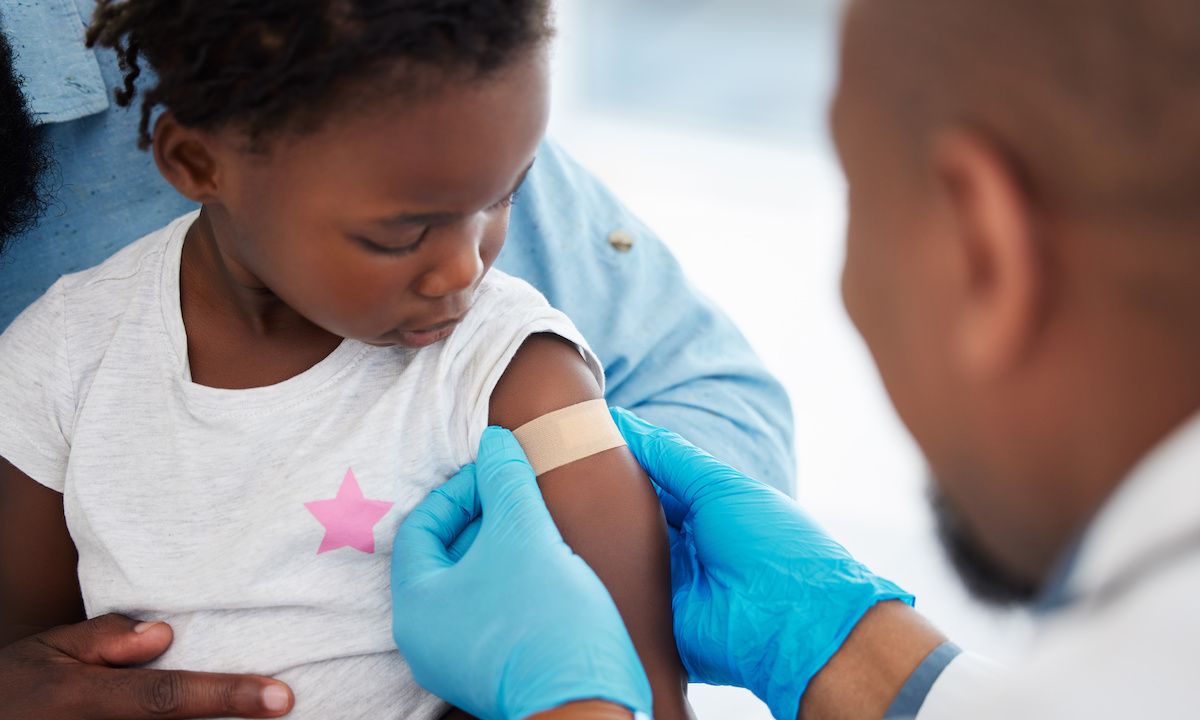News
Article
Impact of New York State's Paid Family Leave on Infant Respiratory Infections
Author(s):
Key Takeaways
- New York's paid family leave policy resulted in an 18% decrease in respiratory infection-related hospitalizations and emergency visits in infants 8 weeks or younger.
- A 27% reduction in RSV bronchiolitis cases was observed, highlighting the policy's impact on specific respiratory infections.
An 18% reduction in acute care encounters for respiratory tract infections among infants 8 weeks or younger was identified following the implementation of New York's paid family leave policy.
A significant 18% decrease in hospitalizations and emergency visits for respiratory tract infections, including a 27% reduction in cases of respiratory syncytial virus (RSV) bronchiolitis, was identified among infants 8 weeks or younger after the implementation of New York State's paid family leave policy, according to new findings.1

The population-based study is published in JAMA Pediatrics.
On January 1, 2018, New York implemented paid family leave, with the aim of allowing employees to bond with a newly born, adopted, or fostered child; care for family members with serious health conditions; or assist loved ones when a family member is deployed abroad or on active military duty.2
The researchers hypothesized that the policy could have reduced the number of respiratory infections transmitted outside the home at childcare locations like day cares, as parents could instead stay home with their newborns without sacrificing income.1 The study analyzed records of hospitalizations and emergency department (ED) visits that did not result in hospitalizations from New York, Maine, Massachusetts, New Hampshire, and Vermont from October 1, 2015, through February 29, 2020. Data included encounter-level information on patient characteristics such as age, race and ethnicity, expected payer, diagnoses, and health care services.
Control states were chosen based on geographic proximity to New York within the Northeast region of the United States. States with existing paid family leave policies during the study period, including New Jersey and Rhode Island, or lacking statewide ED and hospitalization data, such Pennsylvania, were excluded. Connecticut was also excluded due to a high proportion of residents commuting to New York for work.
The primary outcome was acute care encounters for respiratory tract infections (upper and lower), otitis media, whooping cough, and respiratory symptoms such as cough and fever in infants 8 weeks or younger. The secondary outcome was acute care encounters specifically for RSV bronchiolitis. Additional outcomes included subsets such as upper respiratory tract infections, lower respiratory tract infections, and hospitalization-related encounters only.
The researchers identified a total of 950,020 deliveries in New York and 426,342 deliveries in the control states during the study period, with 52,943 acute care encounters in infants 8 weeks or younger for respiratory tract infection and related symptoms.
Of these encounters, 15,932 (30%) were hospitalizations and 33,304 (63%) were paid by Medicaid. Encounters were 18% lower than predicted (relative percentage change, –17.9; 95% CI, –20.3 to –15.7) after the implementation of paid family leave.
Additionally, RSV encounters were 27% lower (95% CI, –30.9 to –23.5) than predicted, with similar reductions not observed in children aged 1 year (relative percentage change, –1.5; 95% CI, –2.5 to –0.6).
“Our finding that acute care encounters with respiratory tract infections among 1-year-olds were not meaningfully affected during this time supports the conclusion that the reductions observed in young infants were a direct effect of the policy rather than an incidental finding,” wrote the researchers of the study. “Our findings suggest that US state-paid family leave policies can protect young infants from serious respiratory tract infections.”
However, the researchers acknowledged several limitations to the study. First, it was conducted before the introduction of recent advances in RSV prevention, such as the maternal RSV vaccine and monoclonal antibody therapy, which could affect the generalizability of the findings in the context of evolving medical practices. Second, the use of International Classification of Diseases, Clinical Modification codes to identify respiratory tract infections could lead to misclassification, although the researchers noted this misclassification was unlikely to occur differentially between New York and the control states.
Despite these limitations, the researchers believe the study highlights the potential of paid family leave policies to improve early-life health outcomes by reducing respiratory infections in young infants.
“New York State’s paid family leave policy was associated with reduced acute care encounters for respiratory tract infections in young infants,” wrote the researchers. “These findings may be useful for informing implementation of paid family leave federally and in the states that have not enacted paid family leave policies.”
References
1. Ahrens KA, Janevic T, Strumpf EC, et al. Paid family leave and prevention of acute respiratory infections in young infants. JAMA Pediatr. Published online August 26, 2024. doi:10.1001/jamapediatrics.2024.3184
2. New York State Paid Family Leave: employee facts. New York State. Accessed August 29, 2024. https://www.ny.gov/sites/default/files/atoms/files/PaidFamilyLeave_EmployeeFactSheet.pdf




